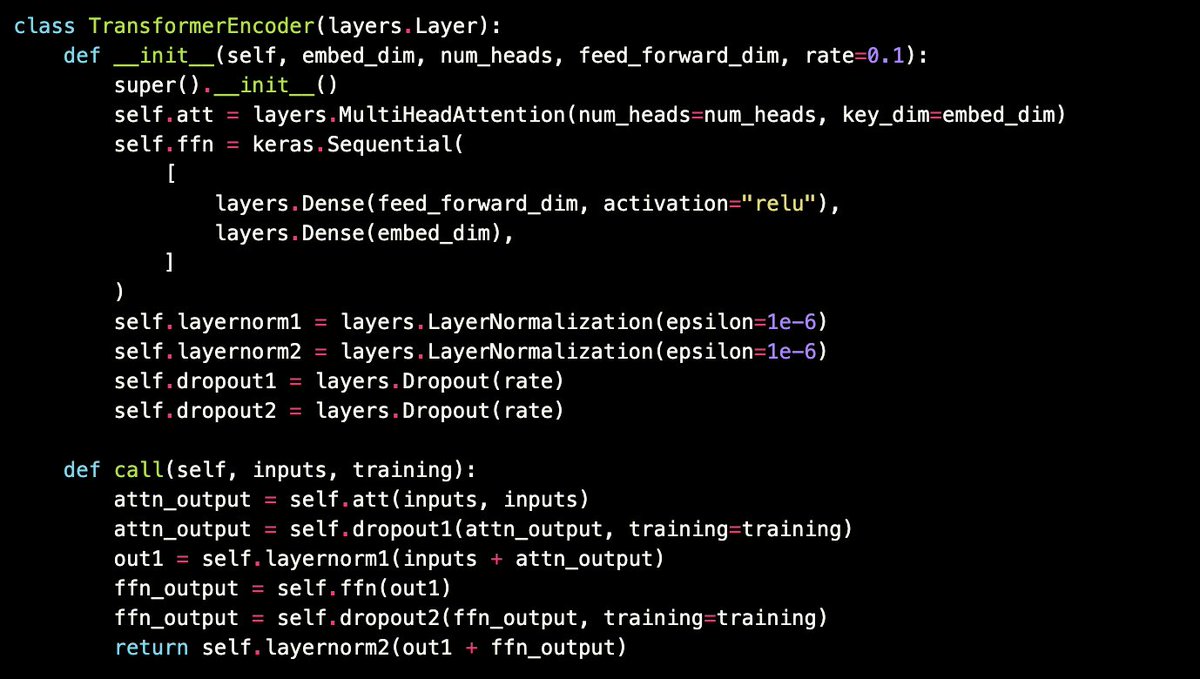
I don't consider myself a deep learning expert by any means. There are still a lot more things I don't know than things I know (it's not even close). I've only been working with neural networks since 2009, which is a lot less than many of you.
Besides, I'm not sure that "deep learning experts" exist. People with the highest h-index can't write a GPU kernel or design a DL ASIC. Nor could they win a Kaggle competition. Nor, for the most part, write reusable code (which is really the core of DL).
Not only that, but when I chat with experts, I'm often surprised by how few of them seem to have a clear mental model of what DL is and how it works. In fact, many big-name researchers often say things that are manifestly untrue and easy to disprove!
Consider that, not long ago, most AI experts knew for a fact that neural networks were a failed avenue. Consider that, in 2013, most of the top names in computer vision were saying that the nascent success of DL might be just a fluke. And remember the debates about local minima?
In general, I'm also not a fan of the idea of an "expert". It makes it sound like there's some threshold of knowledge beyond which you know it all, you've made it (perhaps the threshold is when you reach full professorship).
I don't think that's how it works.
I don't think that's how it works.
If someone tells you they're a top expert, a pioneer, the main thing they're an expert at is playing status games. The same people will probably also try to demean those they feel are in competition with them, because that's how status games work.
As for me, I'm just someone who's been trying to learn as much as possible (not just about AI). That's how I'd define myself: someone who gets excited about stuff and learns about it. If there's an "expert threshold", I hope I never reach it.
• • •
Missing some Tweet in this thread? You can try to
force a refresh







